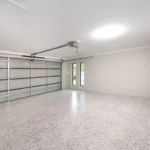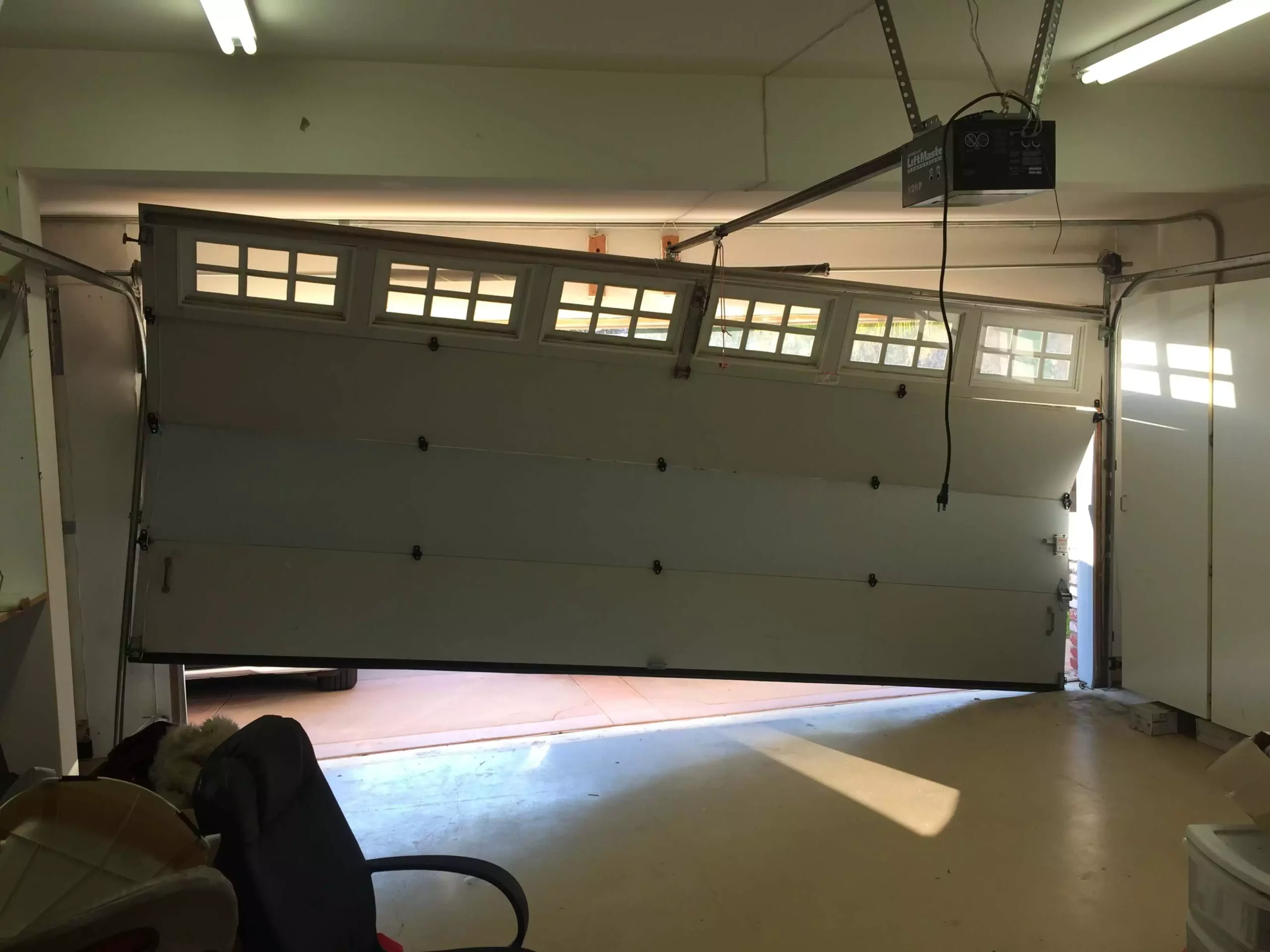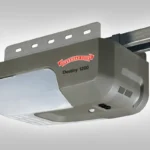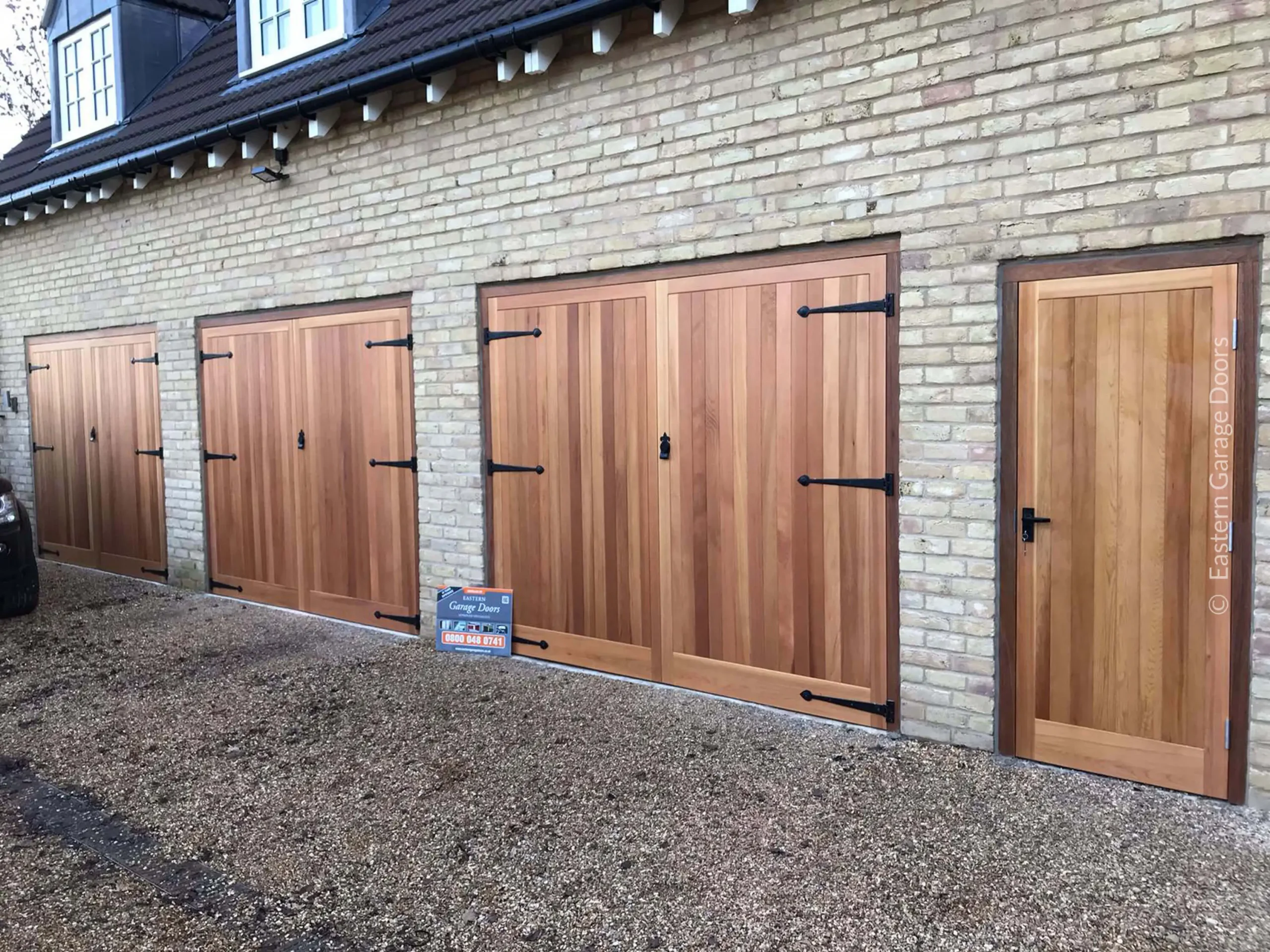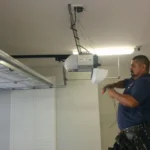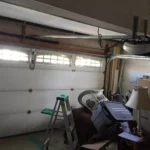Garage doors are an essential part of our everyday lives, providing convenience and security. But what happens when your garage door opener starts acting up? Don’t panic just yet! In this blog post, we’ll share some valuable tips and tricks to help you troubleshoot and repair your garage door opener.
With these handy suggestions, you can ensure smooth operations and avoid unnecessary expenses. So, let’s dive in and get your garage door opener back on track.
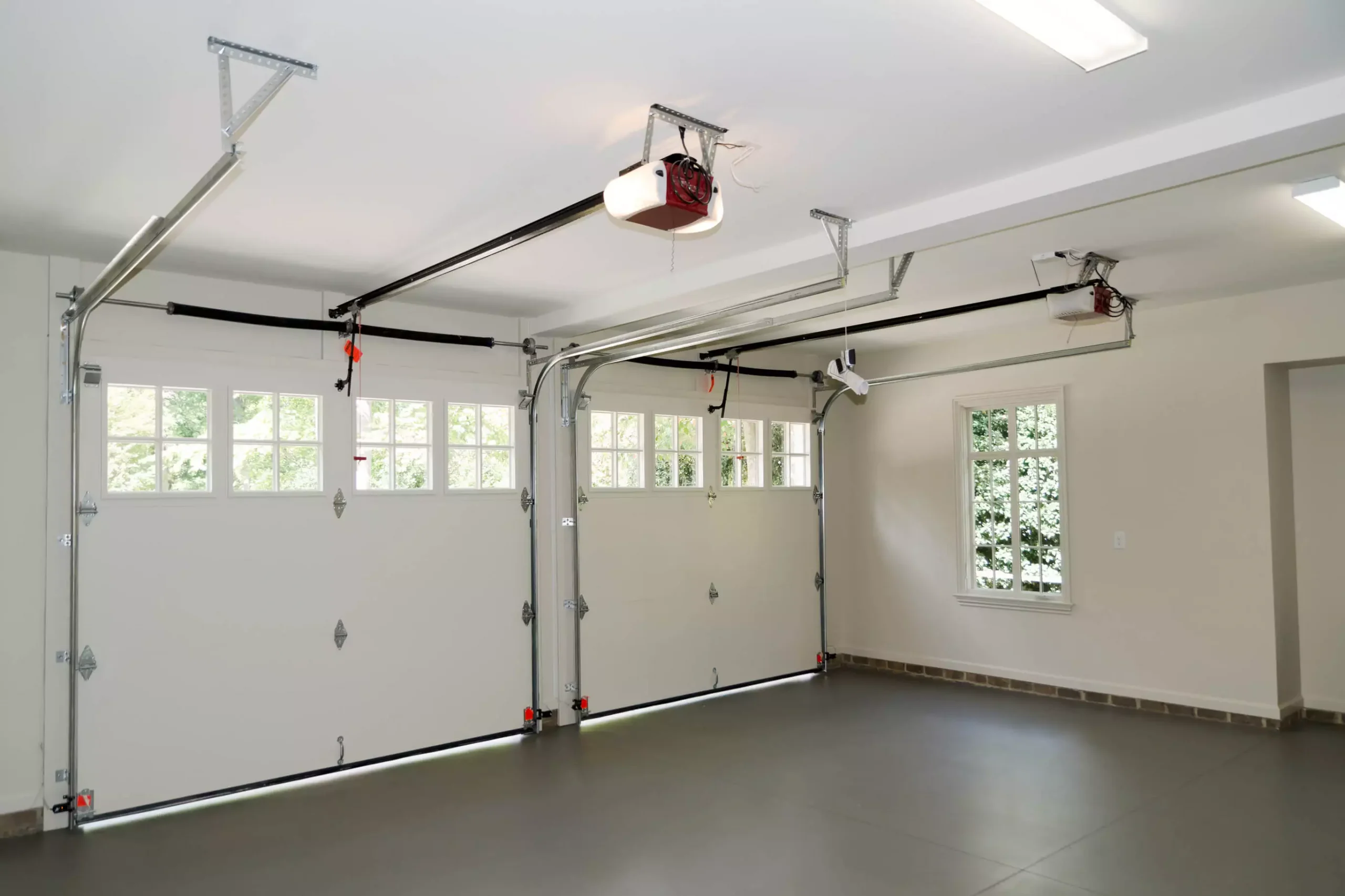
Identifying the Issue: Is it the Opener or Something Else?
If your garage door isn’t functioning properly, it’s important to determine whether the problem lies with the opener itself or with other components. Start by checking the batteries in your remote control. Often, a simple battery replacement can solve the issue.
Next, examine the power source. Ensure that the opener is securely plugged in and that the circuit breaker hasn’t tripped. If all these elements are in order and the problem persists, it’s time to move on to the next step.
Tightening Loose Connections for a Stable Operation
A common cause of garage door opener malfunctions is loose connections. Over time, vibrations and constant use can loosen the wires, leading to poor connectivity. Grab a screwdriver and check all the connections, making sure they are tight and secure.
This includes the wiring connections on the opener itself as well as the wall switch. By tightening these connections, you’ll eliminate a potential source of trouble and promote smooth operations.
Lubrication: A Simple Solution for Squeaky Doors
Is your garage door making unpleasant noises during operation? The culprit might be lack of lubrication. Over time, the moving parts of the opener can become dry and cause friction, resulting in squeaks and creaks.
To address this, apply a silicone-based lubricant to the roller tracks, hinges, and springs. Be cautious not to use oil-based products, as they can attract dust and debris. Regular lubrication will not only quieten your garage door but also extend its lifespan.
Adjusting the Limit Settings: Finding the Right Balance
If your garage door is opening or closing too far or not enough, it’s likely due to improper limit settings. Most modern garage door openers come with adjustable limit switches that determine the door’s travel distance.
Consult your opener’s manual for instructions on how to locate and adjust these settings. By finding the right balance, you can ensure that your door opens and closes precisely as it should, without any hiccups.
Seeking Professional Assistance: When to Call the Experts
While some garage door opener issues can be resolved with DIY solutions, there are times when professional intervention is necessary. If you’ve exhausted all troubleshooting methods and the problem persists, it’s best to consult a qualified technician.
They have the expertise and specialized tools to diagnose and fix complex issues. Additionally, attempting intricate repairs without proper knowledge can be dangerous. So, when in doubt, don’t hesitate to reach out to a professional for assistance.
Summary
A malfunctioning garage door opener can be a real inconvenience, but with the right knowledge and approach, you can get it back on track. Remember to start by identifying the source of the problem, tighten loose connections, lubricate the moving parts, and adjust the limit settings if necessary.
And if all else fails, don’t hesitate to seek professional help. By following these tips and tricks, you’ll be well on your way to smooth garage door operations and hassle-free access to your space.
Social Links: Melaninterest, Podcasters.Spotify, Castbox

Meet Rodney, our garage guru. With a wrench in one hand and a can-do attitude in the other, he’s your go-to expert for all things repair and replacement.


